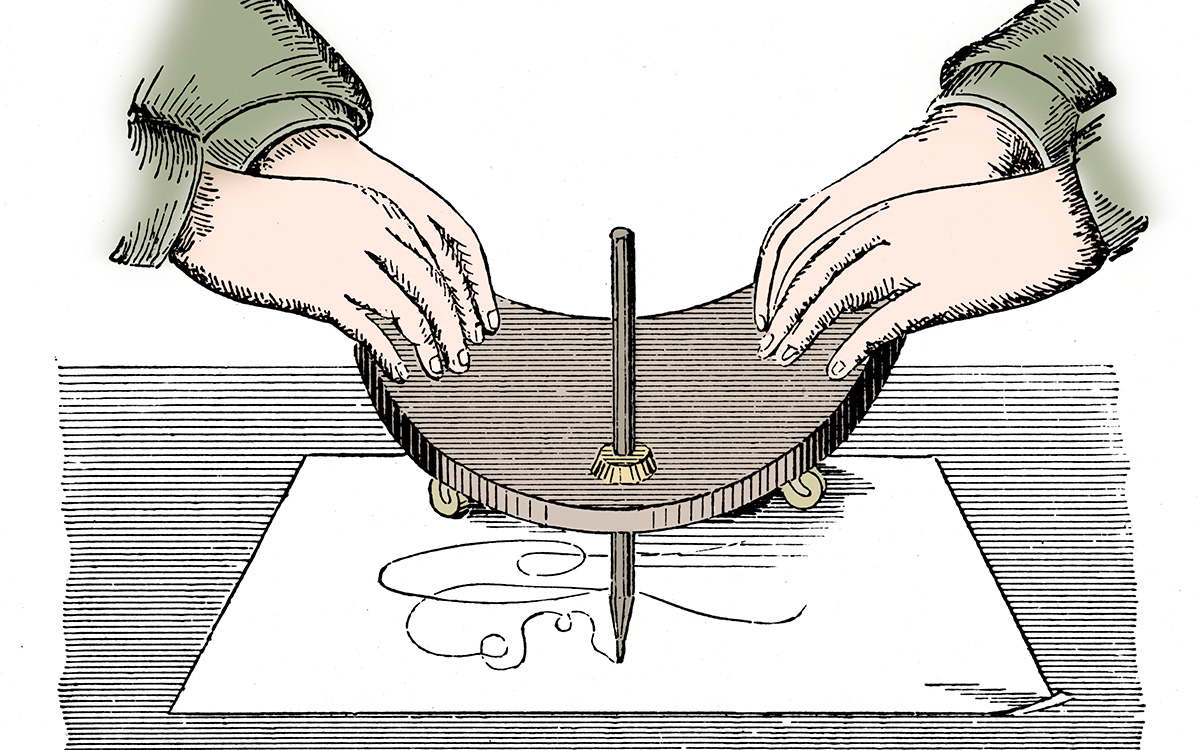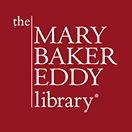What was Planchette?

Roberto Moiola / Sysaworld / Moment / Getty Images.
In Science and Health with Key to the Scriptures, next to a marginal heading titled “Physical Falsities,” Mary Baker Eddy wrote, “It should not seem mysterious that mind, without the aid of hands, can move a table, when we already know that it is mind-power which moves both table and hand.”
Eddy then referred to an amusement popular at one time. “Even planchette,” she continued, “—the French toy which years ago pleased so many people—attested the control of mortal mind over its substratum, called matter.”1
According to Merriam-Webster, a planchette is “a small triangular or heart-shaped board supported on casters at two points and a vertical pencil at a third and believed to produce automatic writing when lightly touched by the fingers.”2
The game Planchette originated during the nineteenth-century Spiritualist movement in France. In 1868 a firm of American toy makers began to sell it in shops across the United States. It is still available through several online retailers and was the predecessor of the simpler Ouija board. In fact the small, teardrop-shaped device with a window, used on a Ouija board, is called the “planchette.”3
Planchette and the Ouija Board have been strongly identified with Spiritualism—the teaching that the dead can communicate with the living through human, animal, and inanimate mediums. Eddy’s comment on planchette appears in the chapter in Science and Health titled “Christian Science versus Spiritualism.”
- Mary Baker Eddy, Science and Health with Key to the Scriptures (Boston: The Christian Science Board of Directors), 80.
- https://www.merriam-webster.com/dictionary/planchette
- Linda Rodriguez McRobbie, “The strange and mysterious history of the Ouija Board,” Smithsonian Magazine, 27 October 2013; accessed 5 November 2023: https://www.smithsonianmag.com/history/the-strange-and-mysterious-history-of-the-ouija-board-5860627/

